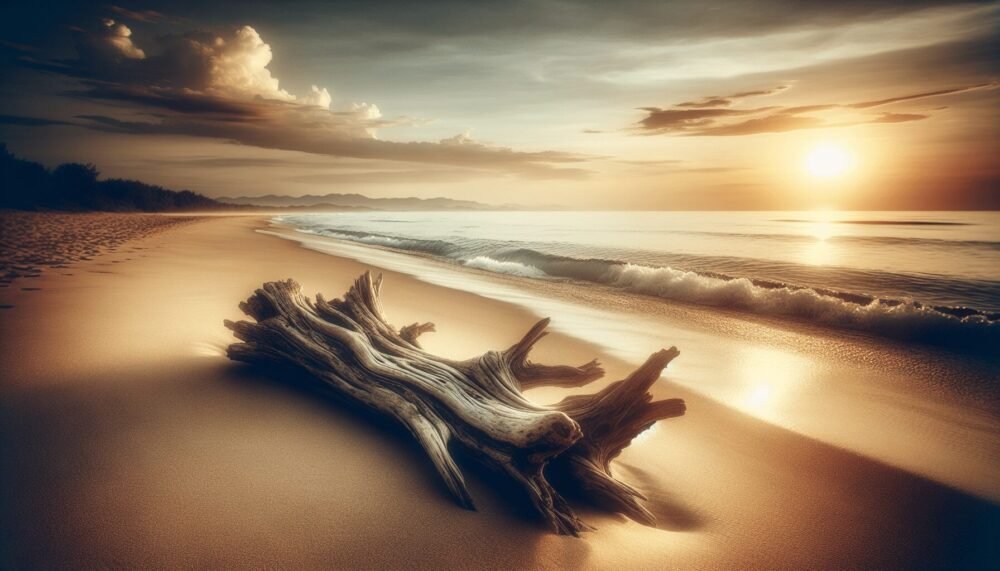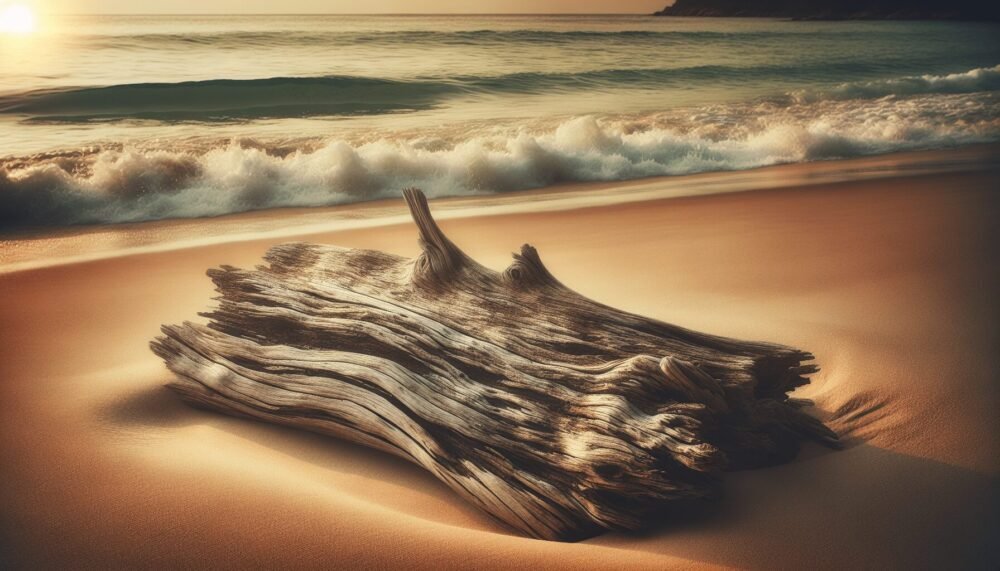Have you ever wondered about the journey that driftwood takes before it finds its home on a sandy beach or a riverbank? Cypress driftwood, in particular, evokes images of serene, tranquil scenes and offers a rich narrative filled with nature’s artistry. This article unravels the fascinating story of cypress driftwood, explores its uses, and reveals how you can incorporate its unique character into your life and surroundings.
Understanding Cypress Driftwood
Cypress driftwood isn’t just any piece of wood; it is part of an enchanting cycle that connects water, land, and time. Cypress trees, predominantly found in wetlands and swampy areas, become driftwood due to natural processes that contribute to their aesthetic appeal and functionality.
What is Cypress Driftwood?
Cypress driftwood originates from cypress trees such as the Bald Cypress and Pond Cypress, which grow primarily in southeastern U.S. wetlands. This type of driftwood is characterized by its unique shapes, often sculpted by the natural elements of wind, water, and time. Its journey begins when these trees or branches fall into water bodies, where they are transported and weathered, eventually coming to rest on shores far from their origins.
Why is Cypress Driftwood Special?
Cypress driftwood is celebrated for its resilience, striking appearance, and versatility. The irregular textures and varying shapes make each piece a work of nature’s art, highly prized for home décor and sculpture. Additionally, the wood’s durability, even in wet environments, makes it a preferred choice for aquascaping—a big draw for enthusiasts of fish tank and aquarium designs.
The Journey of Cypress Driftwood
To truly appreciate cypress driftwood, it’s essential to understand its transformation from a living tree to a beautiful piece of driftwood. This journey defines its physical characteristics and its embedded story.
From Cypress Trees to Driftwood
Cypress trees thrive in wetlands where their roots are often submerged. When branches or entire trees die or topple due to storms or erosion, they enter waterways. Over time, they are stripped of bark and shaped by currents, waves, and other environmental factors. This natural carving process results in smooth, often elegantly twisted pieces that are eventually deposited along riverbanks or coastal areas.
Environmental Impact on Driftwood
The natural environment plays a significant role in shaping cypress driftwood. Factors such as salinity, water flow, and weather conditions influence the wood’s final texture, color, and form. For instance, exposure to saltwater can enhance the grain’s visual appeal and further smooth the wood’s surface, contributing to the high demand for marine-formed driftwood in artistic ventures.

Uses of Cypress Driftwood
Once the cypress driftwood has completed its journey and reached a resting point, its uses are vast and varied. From artistic endeavors to practical applications, there are many ways to incorporate this beautiful piece of nature into life and surroundings.
Artistic and Decorative Uses
Cypress driftwood is beloved by artists and decorators for its natural beauty and mesmerizing shapes. It’s often used in:
Sculptures and Art Installations: Artists may incorporate driftwood in their creations due to its unique lines and organic qualities, offering a raw, natural aesthetic that cannot be matched by manufactured materials.
Home Decor: Items like driftwood lamps, furniture, and wall hangings are popular among those looking to bring a piece of the outdoors inside. The natural hues and textures provide a rustic, yet chic element to any room.
Garden Design: Driftwood also finds a place in gardens as a focal point or natural border. When used in outdoor spaces, it can create a tranquil, zen-like atmosphere.
Practical Applications
Beyond aesthetics, cypress driftwood serves practical purposes:
Aquascaping: In aquariums, driftwood offers functional decor by creating a habitat for aquatic life. Its complex shapes provide shelter and areas for fish to explore.
Terrarium Structures: Driftwood is used in terrariums to offer a natural look while providing structure for climbing plants or housing invertebrates.
Landscaping: In larger outdoor settings, driftwood can be used to stabilize soil or as part of erosion control measures, especially along coastlines.
Crafting with Cypress Driftwood
For those who enjoy crafting, cypress driftwood is a versatile material. It can be incorporated into:
Handmade Jewelry: Small pieces of driftwood can be carved or polished for unique beads or pendants, each with its own story and natural beauty.
DIY Projects: From crafting picture frames to building unique planters, the possibilities are limitless. The wood’s natural appeal enhances the creativity and uniqueness of each project.
Caring for Cypress Driftwood
While cypress driftwood is naturally durable, a bit of care ensures it remains beautiful and functional for years. Understanding how to clean and maintain driftwood is crucial for preserving its charm.
Cleaning Driftwood
Before using driftwood, especially in aquariums or home decor, it’s important to clean it to remove any dirt, insects, or salt. The cleaning process might involve:
Rinsing and Scrubbing: Use a brush to remove debris. For aquarium use, boiling the driftwood can also help eliminate tannins, which might discolor the water.
Soaking: After initial cleaning, soaking in freshwater for several days can help to leach out any remaining soluble substances.
Preserving Driftwood
To maintain driftwood’s natural beauty:
Sealing and Finishing: Applying a clear wood sealant can protect the surface from moisture and wear. For decorative pieces, applying wood oil can enhance the wood’s grain and color.
Positioning: When using driftwood in outdoor settings, positioning it to minimize direct sun exposure and allowing for proper drainage can prevent weathering and decay.
Safety Considerations
While cypress driftwood is relatively safe, a few considerations include:
Environment Suitability: Ensure driftwood is suitable for its environment, particularly in aquariums where it should not alter water chemistry significantly.
Health Concerns: Be cautious about sharp edges or splinters, especially in homes with children or pets. Sanding sharp edges can reduce this risk.

Harvesting Cypress Driftwood Responsibly
Engaging with driftwood ethically ensures sustainable practices that protect natural environments.
Where to Find Cypress Driftwood
Driftwood can be found along shores and riverbanks naturally, but it’s crucial to follow local regulations that protect natural reserves and coastlines. Always inquire about local guidelines and obtain permission if needed before collecting driftwood.
Buying Ethically Sourced Driftwood
If collecting driftwood isn’t possible or permitted, purchasing from reliable sources that pledge to collect sustainably is a good option. Look for providers that adhere to environmentally sound practices to ensure that ecosystems aren’t disrupted.
Legal Considerations
Be aware of any legal restrictions regarding the collection of driftwood in your area to avoid penalties. Some locations have strict guidelines to preserve their natural environments, especially in protected areas or national parks.
Conclusion
Cypress driftwood is a remarkable testament to nature’s ingenuity, offering both beauty and functionality through its journey from tree to artwork. Its varied applications—from art to practical use—showcase its versatility and wide appeal. Whether you admire it as a piece of art or use it to enhance your aquarium or garden, cypress driftwood offers a unique way to bring the tranquility and story of the natural world into your space. Embracing this element responsibly ensures that you contribute positively to both your environment and the continuation of this natural cycle.
The next time you encounter a striking piece of driftwood, take a moment to consider the history it carries and the potential it holds in transforming spaces with its timeless elegance.





